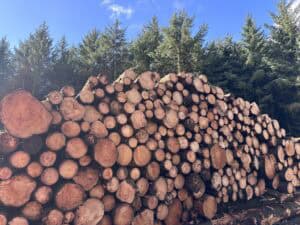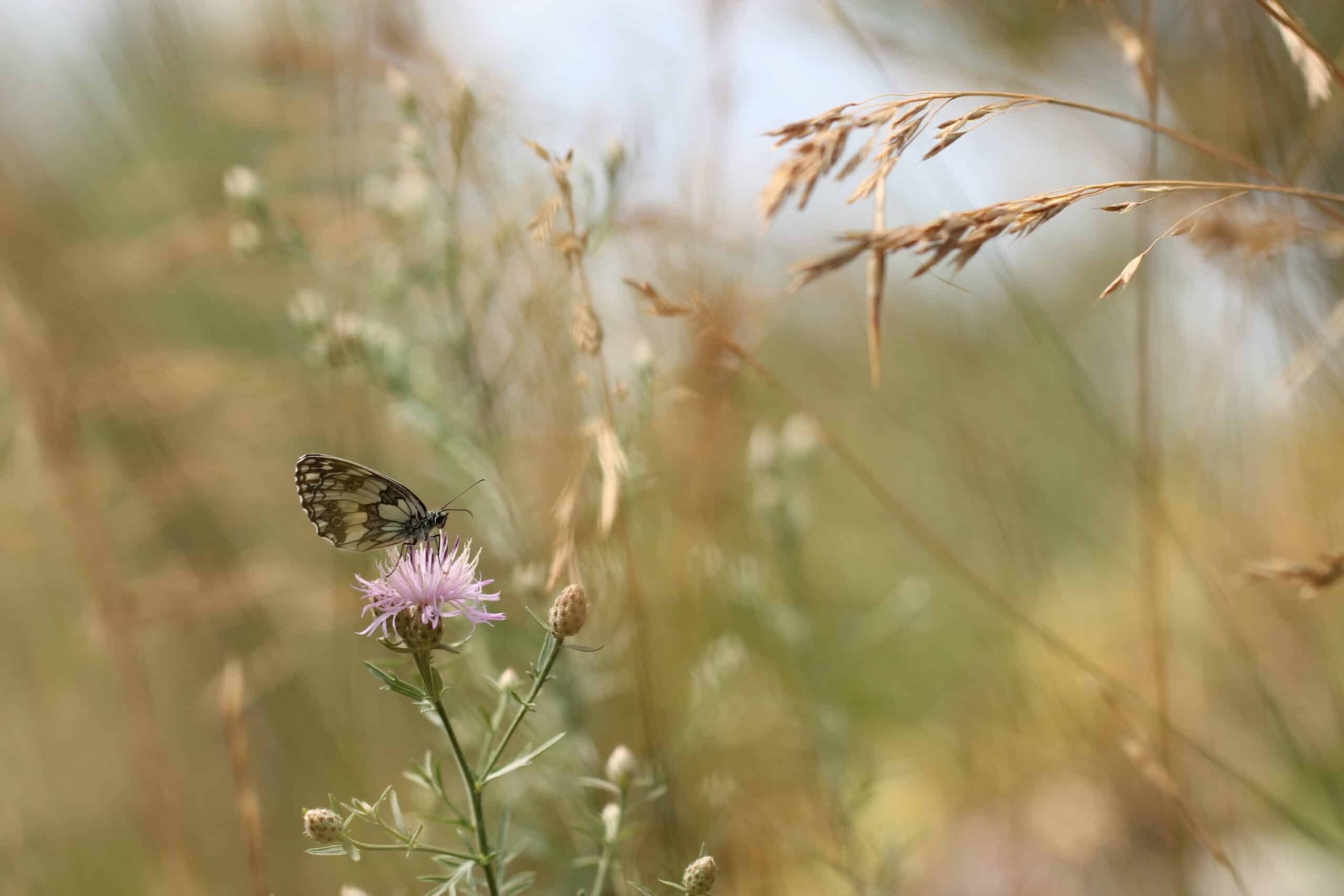Global leaders in natural capital investing
Global leaders in natural capital investing
Gresham House is a specialist natural capital investment manager. We take a hands-on, value-driven approach to natural capital.
We invest in land-based strategies that restore, enhance, and monetise nature across sustainable forestry, sustainable agriculture, and nature-based solutions.
Our aim is to actively manage each asset to optimise operations and drive performance, unlocking environmental and commercial value, and creating multiple income streams. In a sector which can be characterised by passive ownership, it’s our active stewardship approach that drives performance.
Key documents

Our value-add strategy: we believe active management drives alpha
At Gresham House, we don’t just hold assets – we transform them through:
-
On-the-ground execution
Local teams with direct operational control and deep sector knowledge
-
Asset optimisation
We actively enhance asset performance delivering both productivity gains and environmental benefits
-
Multi-layered income streams
Unlock nature-based revenue opportunities through carbon credits, biodiversity units, renewable leases, and land-use repositioning
 Why Natural Capital and why now?
Why Natural Capital and why now?
We believe natural capital investments offer a compelling mix of financial performance and long-term real-world sustainability outcomes:
1. Portfolio resilience
Uncorrelated, income-generating real assets with inflation-linked characteristics
2. Structural tailwinds
Land scarcity, population growth, supply chain reconfiguration, and global net-zero targets
3. Real-world impact
Sustainable forestry, sustainable agriculture, and nature-based solutions driving ecological and economic value

A scalable platform built for investors
With professionals globally, we combine investment discipline, operational depth, and sustainability rigour.
- Global scale with local execution
- Institutional-grade governance and reporting
- Track record in sourcing, structuring, and stewarding natural capital investments
We are committed to non-concessionary sustainable investing, targeting market-rate returns while helping solve some of the planet’s most pressing challenges.
Capital at risk. Investments in natural capital are not for everyone. Please read more about the investment class and read up on the risks involved before considering investing.
Sources
IPE Real Assets, Top 25 Natural Capital investors, January 2025 and Gresham House, December 2024
Explore how our value-add approach can enhance your real asset portfolio
Natural Capital leadership team
Get in touch for more information and to find out more
 |
 |
| Heather Fleming | Claire Glennon |
| Managing Director, Institutional Business | Head of UK Institutional Sales |
| h.fleming@greshamhouse.com | c.glennon@greshamhouse.com |
| Afforestation | Afforestation is the direct human-induced conversion of land that has not been forested for a period of at least 50 years to forested land through planting, seeding and/or the human-induced promotion of natural seed sources.
Source: The Little REDD Book |
| Biodiversity | The variability among living organisms from all sources, including, inter alia, terrestrial, marine and other aquatic ecosystems and the ecological complexes of which they are part; this includes diversity within species, between species and of ecosystems. |
| Biodiversity credit | Biodiversity credits are a verifiable, quantifiable and tradeable financial instrument that rewards positive nature and biodiversity outcomes (e.g. species, ecosystems and natural habitats) through the creation and sale of either land or ocean-based biodiversity units over a fixed period.
Source: World Economic Forum |
| Biodiversity Metric | A biodiversity accounting tool created by Natural England that can be used for the purposes of calculating biodiversity net gain.
Source: Natural England |
| Biodiversity net gain | An approach to development, land and marine management that leaves biodiversity in a measurably better state than before a development took place.
Source: Natural England |
| Carbon credit | A financial instrument that represents a reduction or the avoidance of one tonne of carbon dioxide equivalent (tCO2e) from the atmosphere.
Source: Gold Standard |
| Carbon pricing | The cost of emitting CO2 into the atmosphere, either in the form of a fee per tonne of CO2 emitted, or an incentive offered for emitting less. Putting an economic cost on emissions is widely considered the most efficient way to encourage polluters to reduce what they emit into the atmosphere.
Source: The London School Of Economics |
| Carbon sequestration | An entity’s carbon emissions, typically divided by its revenues, though the denominator can also be square meter, per employee, unit of production, etc.
Source: USGS |
| Deforestation | Loss of natural forest as a result of: i) conversion to agriculture or other non-forest land use; ii) conversion to a tree plantation; or iii) severe and sustained degradation. |
| Ecosystem services | The contributions of ecosystems to the benefits that are used in economic and other human activities. The benefits are widely categorised into four categories: 1) Provisioning services – material outputs from nature that meet human needs such as food, drinking water, timber, critical minerals, and fossil fuels. 2) Regulating services – indirect benefits from nature generated through the regulation of ecosystem processes. Examples include mitigation of climate change through carbon sequestration, water filtration by wetlands, and crop pollination by insects. 3) Cultural services – non-material benefits from nature such as aesthetic, recreation, education, sense of place, and physical and mental wellbeing. 4) Supporting services – ecological processes that support the delivery of other ecosystem services such as nutrient cycling and soil formation.Source: Accountability Framework Initiative |
| Emissions trading scheme (ETS) | A carbon offset is a reduction or removal of emissions of carbon dioxide or other greenhouse gases made in order to compensate for emissions made elsewhere.
Source: The London School Of Economics |
| Habitat Bank | Sites where habitat is created in advance, to offset or compensate for the negative environmental impacts of development or other human activities. This habitat will need to be secured and managed long-term.
Source: Natural England |
| Kunming-Montreal Global Biodiversity Framework | The Kunming-Montreal Global Biodiversity Framework (GBF) was adopted during the fifteenth meeting of the Conference of the Parties (COP 15).This historic Framework, which supports the achievement of the Sustainable Development Goals and builds on the Convention’s previous Strategic Plans, sets out an ambitious pathway to reach the global vision of a world living in harmony with nature by 2050. Among the Framework’s key elements are 4 goals for 2050 and 23 targets for 2030 which include 30 per cent conservation of land, sea and inland waters, 30 per cent restoration of degraded ecosystems, halving the introduction of invasive species, and $500 billion/year reduction in harmful subsidies. |
| Land use change | The change from one land use category to another. Land use change refers to the modification or management of natural environments into human dominated environments, such as settlements, semi-natural, agricultural areas and other living things.
Source: TNFD, 2023 |
| Natural capital | Natural capital is the stock of renewable and non-renewable natural resources that combine to provide a flow of benefits to people and planet.
Source: Capitals Coalition |
| Natural capital approach | A natural capital approach to policy and decision making considers the value of the natural environment for people and the economy.
Source: GOV.UK, 2020 |
| Natural forest | A forest that is a natural ecosystem, possessing many or most of the characteristics of a forest native to the given site, including species composition, structure, and ecological function. |
| Nature-based solutions | Actions to protect, sustainably manage and restore natural or modified ecosystems that address societal challenges effectively and adaptively, simultaneously providing human well-being and biodiversity benefits.
Source: IUCN |
| Nature-positive | A high-level goal and concept describing a future state of nature (e.g., biodiversity, ecosystem services and natural capital) which is greater than the current state.
Source: TNFD, 2023 |
| Payments for ecosystem services | Payments for Ecosystem Services is the name given to a variety of arrangements through which the beneficiaries of environmental services, from watershed protection and forest conservation to carbon sequestration and landscape beauty, reward those whose lands provide these services with subsidies or market payments.
Source: WWF |
| Primary forest | A forest that has never been logged and has developed following natural disturbances and under natural processes, regardless of its age. |
| Sustainable Agriculture | Sustainable agriculture is farming in sustainable ways meeting society’s present food and textile needs, without compromising the ability for current or future generations to meet their needs.
Source: Sustainable Agriculture Research & Education Program |
| Conversion | Change of a natural ecosystem to another land use or profound change in a natural ecosystem’s species composition, structure, or function. Deforestation is one form of conversion. |
| Net Deforestation | The difference in forest area between two points in time, taking into account both losses from deforestation and gains from forest regeneration and restoration. |
|
Forest
|
Land spanning more than 0.5 hectares with trees higher than 5 meters and a canopy cover of more than 10 percent, or trees able to reach these thresholds in situ. It does not include land that is predominantly under agricultural or other land use. Forest includes natural forests and tree plantations. For the purpose of implementing no-deforestation supply chain commitments, the focus is often on preventing the conversion of natural forests. |
| Biodiversity financing Oap | The difference between how much is currently spent and how much is needed annually in the next ten years to protect the most important biodiversity and the services it provides
Source: Paulson Institute |
Related news and insights
Want to keep up to date?
Subscribe using the form below to receive regular updates on natural capital.
 Gresham House
Specialist asset management
Gresham House
Specialist asset management
















